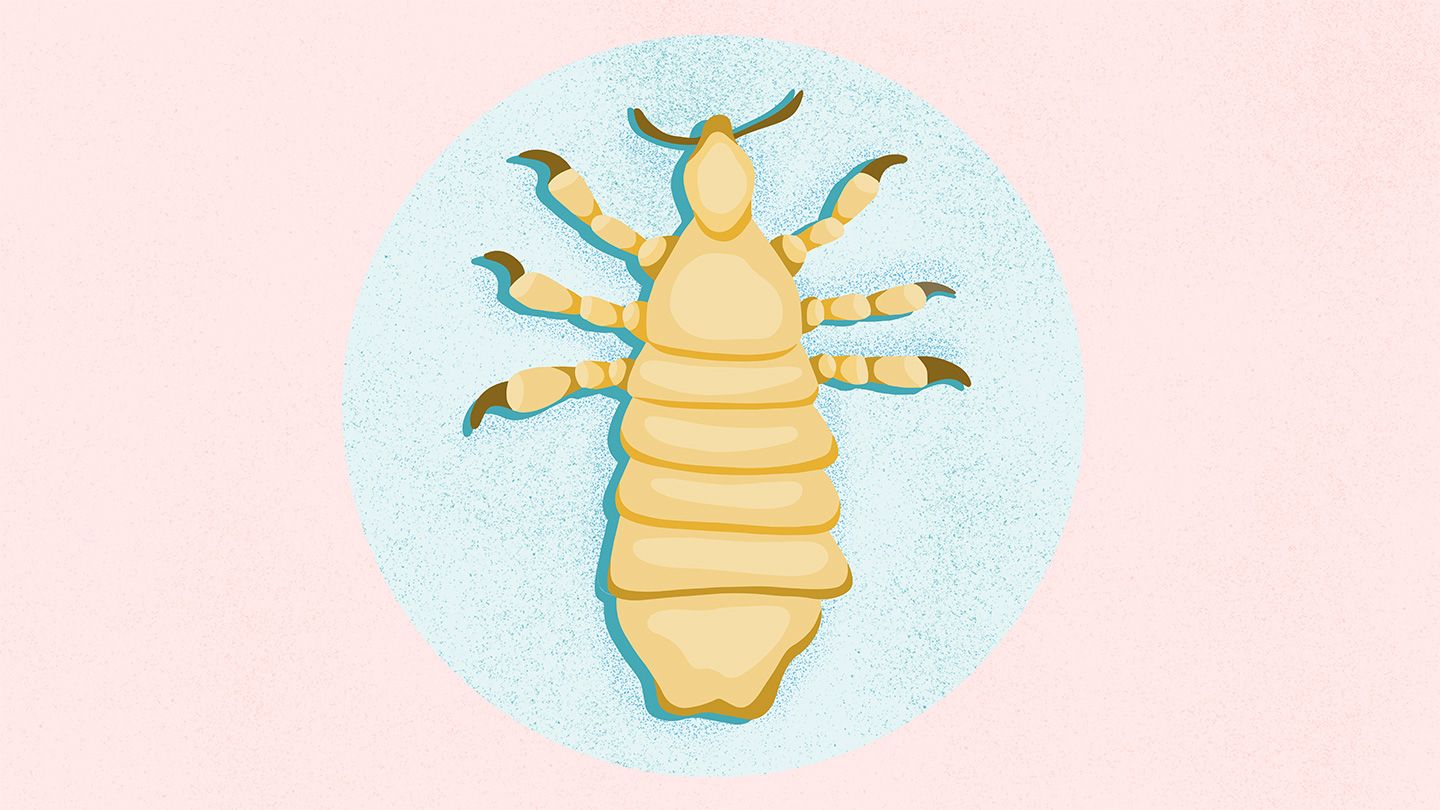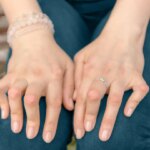The best way to zero in on an accurate diagnosis of head lice is to find a live nymph or adult louse on the scalp or hair. When looking, concentrate on the scalp, behind the ears, and around the nape.
Lice are very small and move quickly, so begin by parting the hair into small sections and using a magnifying glass, as well as a special fine-toothed metal comb called a nit comb.
“If you find a crawling bug on the scalp hair and it looks consistent with the images of head lice, then your lice conclusion is likely correct,” says Pollack.
While most schools regularly screen children for lice, this has not been proven effective at reducing the incidence of head lice in schools.
“There are a lot of misdiagnoses at school head checks,” says Pollack. “Parents should carefully consider the evidence before starting treatment.”
“What parents and teachers sometimes believe to be nits are often confused with other things found in the hair, such as dandruff, hair spray residue, and dirt,” says Pollack. In fact, most of the presumed “lice nits” and “lice” that doctors, nurses, and others have submitted to laboratories for identification were ultimately found not to be lice.
One common misdiagnosis is hair casts, or pseudonits — thin, elongated, firm, white attachments to the hair shaft that resemble nits. But unlike nits, they can easily be dislodged.
Nits are coated in a glue-like substance that very strongly attaches to the hair shaft, making it far more difficult to shake a nit loose than other foreign objects. If you discover lice eggs that are firmly attached within one-quarter of an inch of the base of the hair shaft, you may be dealing with an infestation. If the lice eggs are found more than one-half inch from the scalp, on the other hand, they’re likely dead or already hatched, indicating an old and inactive infestation that doesn’t require further attention.
If you discover a member of your household has lice, check everyone in the home who had close contact with the infested person every three or four days.
If you’re unsure whether or not you’re dealing with an active lice infestation, talk to a healthcare provider or a person specially trained to identify live head lice. They may use a specialized light called a Wood’s lamp, which makes the lice nits appear bluish. If suspicious lice eggs are found, they’ll be examined under a microscope to determine if there is, in fact, an active head lice infestation.
Read the full article here




